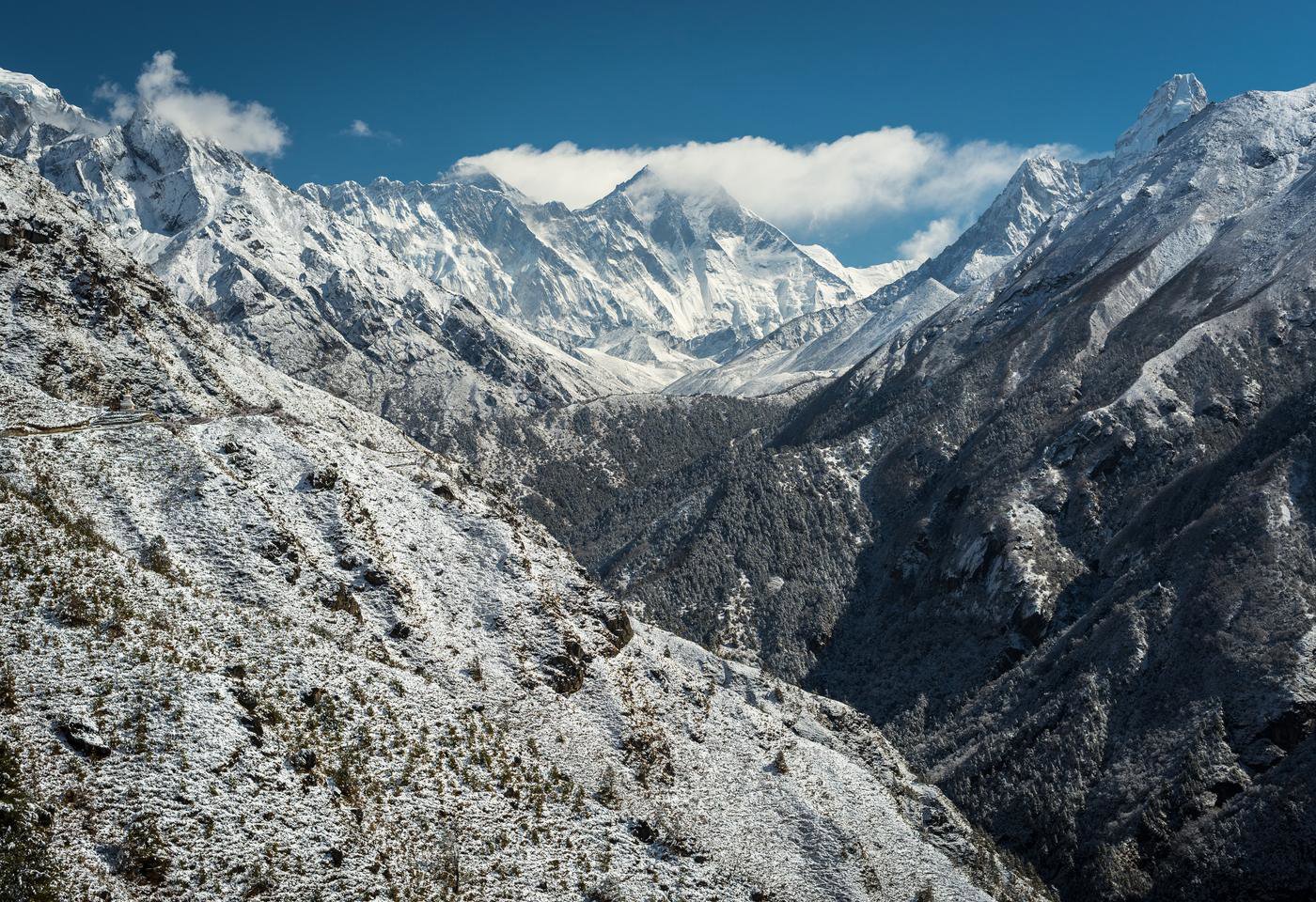How did you get to where you are now?
I’m from Preston, Lancashire and have enjoyed geography for as long as I can remember! From secondary school, I went on to study a BSc in Physical Geography at the University of Leeds focussing on physical landforms and the natural environment and started on the use of GIS and remote sensing. From there it was off to the University of Nottingham to study an MSc in Geographical Information Science.
I started in the world of work as a GIS contractor working for local councils in planning and environment departments. After my brief stint with public service, I worked for a water contractor as a GIS consultant. Then I moved on to Halcrow for nearly four years and took on a variety of GIS work for the Environment Agency and other agencies and large infrastructure projects such as Thames Tideway which brought me to London. I also started to become more involved in projects related to flood risk.
Through a friend I heard about catastrophe modelling and risk analytics in insurance and joined Aon as a GIS consultant and model development in the Impact Forecasting team. I’ve been here now for nearly nine years and have progressed from leading model development projects to business development, where I’m currently Head of Client Management. For the last 12 years I’ve also volunteered for MapAction, the disaster mapping charity.
Was there anything particularly useful that helped you get into this role?
At Leeds I was deliberating whether to continue my studies along a computer science route or focus on GIS. I was very lucky to receive funding from the University of Nottingham to study GIS and this allowed me to gain a deeper understanding of the many applications of GIS in the natural environment.
My involvement in the AGI over the years has also been helpful in maintaining cross-sector links with people and I try to keep these up as much as I can. On a similar note, being part of MapAction has helped me learn and develop news skills and also bring my day-job skills to helping others.
What do you do as part of your role?
I am Head of Client Management for Aon Impact Forecasting overseeing client relationships and defining strategy for working with clients and prospects. The role is quite varied as a I work with our growing client base alongside a number of teams including product, technical solutions, R&D and software.
I really enjoy the variety and there probably isn’t a typical week! I could be meeting with one of our major clients to discuss their catastrophe modelling strategy for the year, having a discussion with an analytics team in Aon about our hail and windstorm models for Europe, or meeting with our software and data partners to discuss a new opportunity.
What skills and characteristics do you need for this role, apart from geographical knowledge?
My background in physical geography and GIS really helps for my role as we need to understand weather and geophysical hazards and their impact on the built environment and on people’s lives. Aside from this, I’ve gained leadership and communication skills as I’ve built my role. It also helps to be proactive and to seek opinions and guidance from colleagues who could be experts in a particular natural hazard e.g. seismologists or climatologists or may have specific knowledge about using models to quantify property risk or may have worked with a particular client for a number of years and know their business inside out.
How does geography feature in your work/what difference does it make?
Geography has a prominent place in the work we do in the team. Catastrophe models quantify the risk, to property and lives, from natural catastrophes such as floods, earthquakes, windstorms, and man-made events such as terrorism. Insurers insure individuals and companies against these risks and need to know where properties and people are located, where the peak hazard zones might be, potential damages and loss and how probable natural catastrophe events are likely to be. Geography has a major part to play in developing these models and communicating model results to stakeholders.
What advice would you give to someone wanting to go in to this career?
For me I’ve always tried to learn and maintain a variety of skills whether that’s technical or non-technical. I think having an understanding of technical skills helps even in non-technical roles to be able to communicate a thought or a process to someone else.
In terms of catastrophe modelling having an interest in natural hazards and their impact on people and properties helps, alongside some technical skills in GIS, database management and communication and teamwork skills. Communication skills are really important as catastrophe modelling analysts could be discussing results with clients, underwriters, brokers or senior management – it helps to be able to explain complicated natural processes and their impacts in an easy to understand way.
Why did you choose geography? Why should others choose geography?
I chose geography as I’ve always had a passion for exploration and travel and I enjoy learning about other people and cultures. Alongside this, I’ve been interested in the environment and how landforms are created from an early age. To me geography is such an important subject as it brings together all of these aspects and allows people to continue to learn new things about the world and its people.
* This interview was undertaken in 2019 and was correct at the time of publication. Please note that the featured individual may no longer be in role, but the profile has been kept for career pathway and informational purposes.
Chris Ewing
Job title: Head of Client Management
Organisation: Aon Impact Forecasting
Location: London, UK


